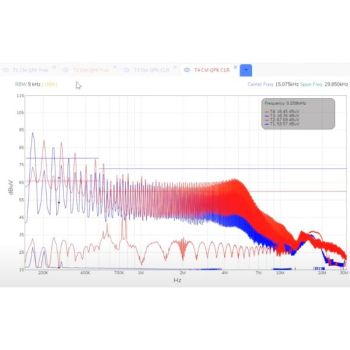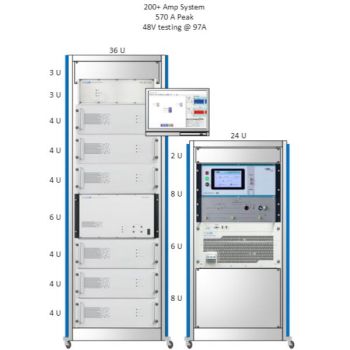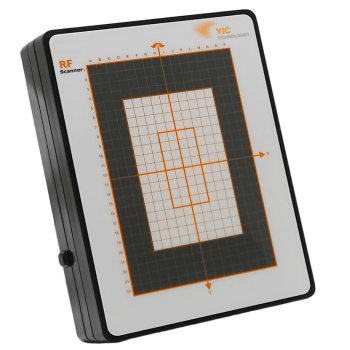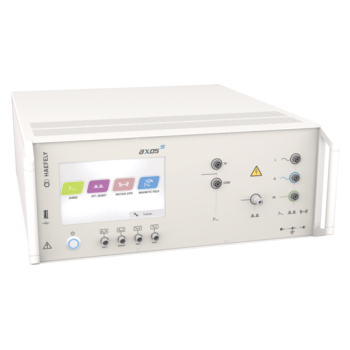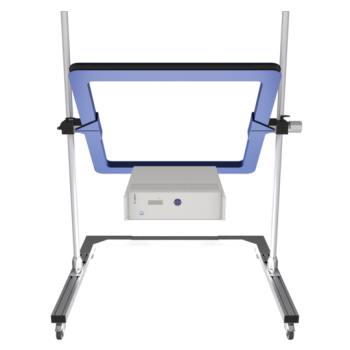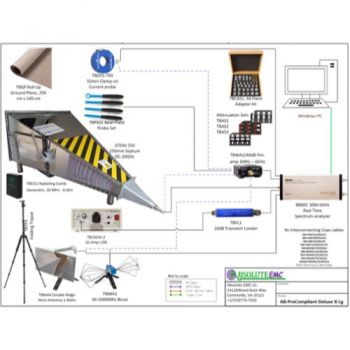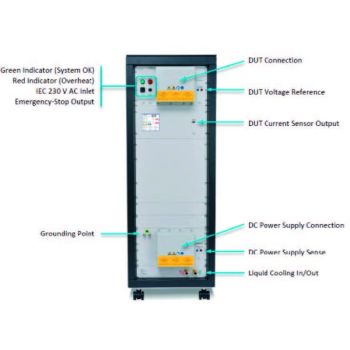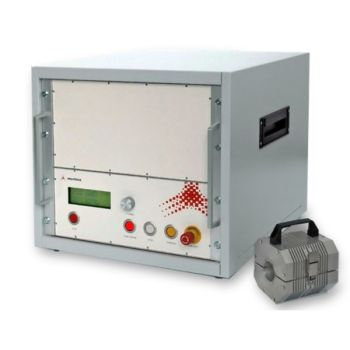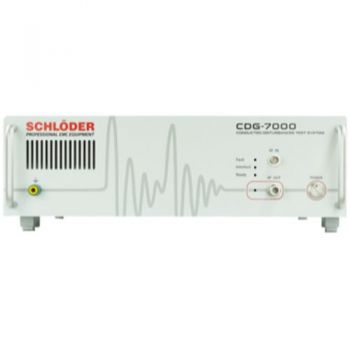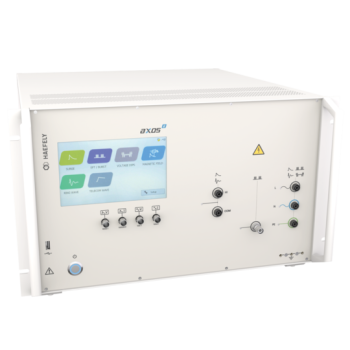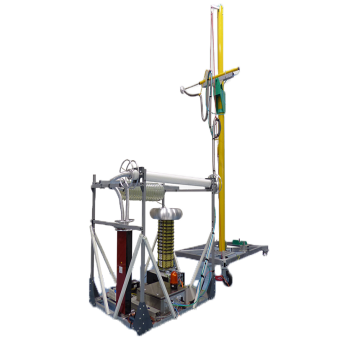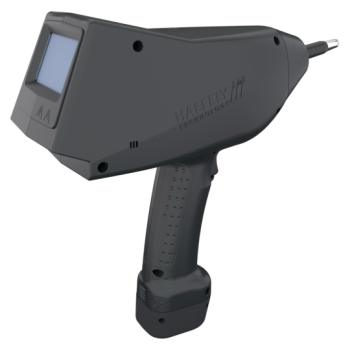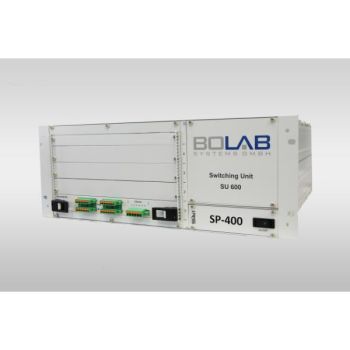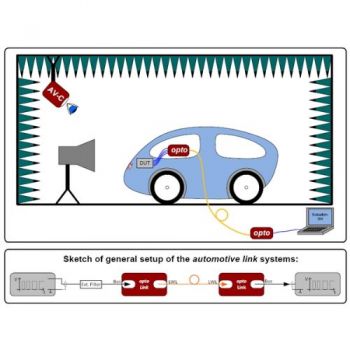Conducted emissions are those defects in the quality of electrical energy that occur due to electrical and magnetic coupling. Therefore, conducted emissions are part of electromagnetic compatibility (EMC) problems in electrical engineering.
At Emzer we are experts in the design and development of EMC measurement devices that help detect any electromagnetic interference. For this reason, in this article, we will analyze in depth what conducted emissions are and their effect on EMC between electrical devices.
What is EMC?
EMC, also known as electromagnetic compatibility, is the ability of an electronic device system to function correctly without altering in any way the operation of other systems.
Therefore, EMC comprises the rules that prevent electrical and electronic devices (EEs) from interfering with each other, as well as from interfering with their surroundings (electromagnetic pollution).
There are many reasons why EMC is an increasingly important concept; here are some of the most relevant:
- Increasingly large and highly complex equipment
- Increase in the amount of equipment and electronic devices in multiple fields (industry, medical, at home…)
- Increase in the telecommunications systems
What have conducted emissions?
As we have mentioned, within the EMC, it is worth highlighting the role of conducted emissions.
Conducted emissions are part of the circuit's electromagnetic interferences. This generates problems in the quality of the electrical energy supplied. The main reason this happens is interference caused by linear and non-linear loads that exist in the electrical system due to other consumer electronic devices.
Therefore, conducted emissions decrease the quality of the electrical energy that is supplied from the main electrical system, thus affecting the performance of the appliances that depend on it.
On a technical level, conducted emissions could be described as electrical tension or noise in the current. This should not be confused with noise in the signal, which differs from emissions because they exist in a finite power signal, while noise exists in a signal of finite energy.
The emission must be filtered into the device being tested, as it can exist from the receiver and to the source, going through the entire circuit where there is electron flow. To achieve this, devices must be tested at the factory, following the common conducted emission standards specified in the EMC test list.
The importance of EMC measures
It is essential that all electronic and electrical devices comply with the limitation of interference that they can emit, specified in the EMC standards.
The process of reducing such interference can be difficult since it is possible that the device being tested has different modes of operation. From this point, the next step is to discover which mode has the worst case and determine if it can make the test fail.
If proper testing equipment is not available, this process can be long and tedious, but it is imperative to do so since complying with EMC standards and reducing conducted emissions and all kinds of interference are essential to avoid serious consequences of the use of electrical and electronic devices.
EMC: common and differential mode conducted emissions
As we have seen, one of the main problems within EMC is conducted emissions. It is clear that to measure electromagnetic compatibility, we must design filters to detect and reduce these conducted emissions.
To do so, we must take into account which part of the interference is common mode and which part is differential mode. The latter is understood as the unwanted potential difference between the conductors that carry any type of current. This type has a small amplitude and low frequency, while the common mode type has a large amplitude and high frequency.
There are several causes that can cause common mode interference in EMC. Next, we will tell you a few:
- Interference by the device’s internal wiring to the power cable
- Interference from nearby radio stations or lightning, for example
- Potential difference (difference in ground voltage)
Emzer: EMC experts
At Emzer we are experts in EMC measurement, therefore, we offer the best and most innovative equipment on the market to detect interference of all kinds.
Do you have doubts about how to do an EMC analysis and measurement on your devices? Our team is formed by researchers and engineers, passionate about technology and eager to continue innovating and evolving in the field of EMC. Contact us, and we will help you with anything you need.
